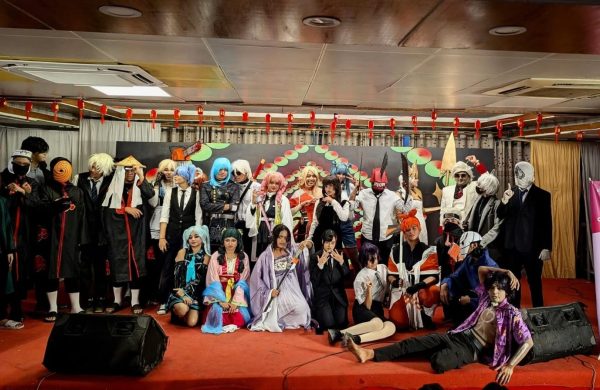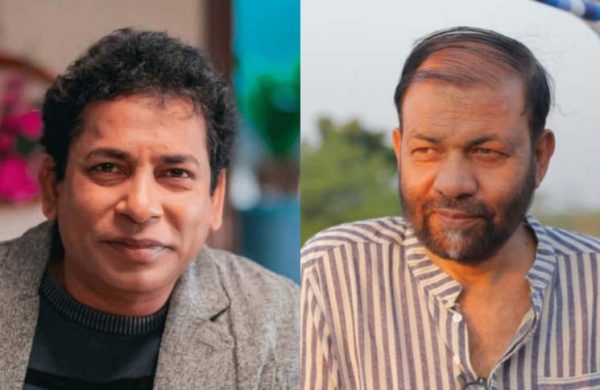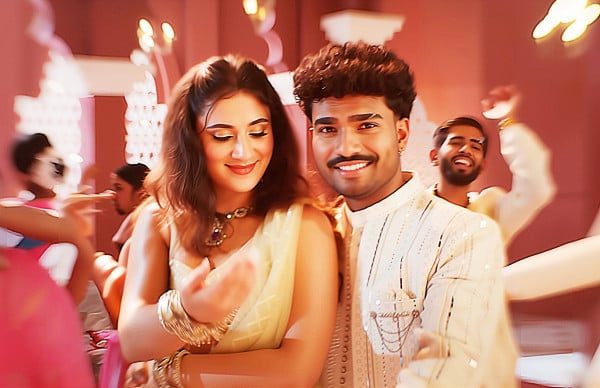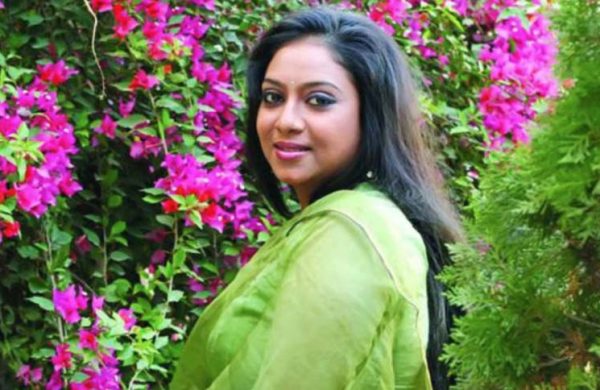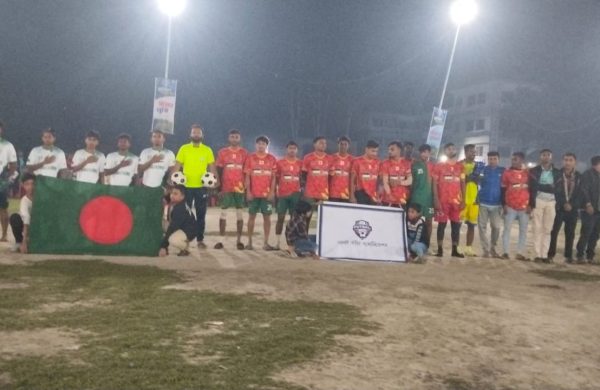Humayun Ahmed: Never forgotten
- Update Time : Thursday, November 13, 2025
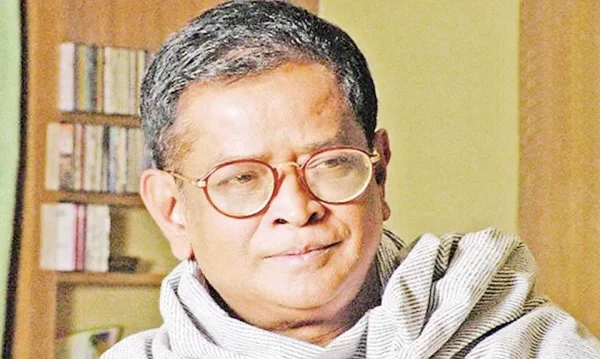
Entertainment Desk:
When the rain begins to fall and the scent of wet earth seeps into the air, many of us still reach for a Humayun Ahmed book or tune into one of his old dramas. There are some things you cannot separate from Humayun Ahmed—whether it’s a cup of tea on a rainy evening or the quiet calm of a dewy dawn.
Born on November 13, 1948, to a sub-divisional police officer’s family, Humayun grew up in a home filled with art, literature, and curiosity. His father, Faizur Rahman Ahmed, was deeply passionate about literature; his mother, Ayesha Foyez, would later become a writer inspired by him. The loss of his father during the Liberation War shaped his view of human fragility and courage—threads that ran through every story he wrote.
Humayun Ahmed was not just a writer or filmmaker—he was the chronicler of Bangladesh’s middle-class soul.
His dramas from the 1980s to 2000s — “Ei Shob Din Ratri”, “Aaj Robibar”, “Kothao Keu Nei” — didn’t rely on extravagant plots. Instead, they unfolded inside familiar apartments, verandas, and tea stalls. The humour was effortless, the dialogue ordinary, yet the emotion ran deep. He made us care for people who could easily have been our neighbours.
For Humayun, heroes were never kings or rebels, but the man waiting in the bus queue or the student who failed an exam and still dared to dream. His characters laughed, cried, and stumbled much like we do. That’s why, when Baker Bhai from “Kothao Keu Nei” was executed on screen, people took to the streets demanding justice for a fictional man.
Then there was Himu, the unemployed wanderer forever walking barefoot in a yellow panjabi, who became a spiritual contradiction—a man with nothing who somehow had everything. Boltu from “Daruchini Dwip” could not afford to join his friends on their long-awaited trip, yet kindness found a way through a friend’s father. These were the emotional resolutions Humayun Ahmed chased—quiet, humane, deeply satisfying. But he did not only write about struggle or scarcity. There was also Shubhro—the gentle, bookish soul who could never quite fit in with his peers, yet carried a world of tenderness within him. Through such characters, Humayun Ahmed explored the unseen corners of the ordinary Bangladeshi mind—the hopes, hesitations, and heartbreaks that make us human.
Humayun Ahmed never painted life in black and white. His characters stumbled through moral grey zones—good people making mistakes, bad people showing tenderness. His humour was a mirror reflecting how absurd and beautiful life can be. Perhaps that is why a lot of his work did not have a clear conclusion. Instead, it was left up to our interpretation—whether two lovers ultimately found their way to each other or a man on death row survived.
Through laughter and melancholy, he captured what it meant to be Bangladeshi in transition — torn between tradition and modernity, faith and reason, emotion and duty.
Humayun Ahmed built something few artists ever could—a shared emotional language. His dialogues became everyday phrases, his characters became family, his stories became collective memory. Instead of giving an escape from reality, he offered recognition within it. Through his eyes, the small became significant — a flicker of light in a power cut, a half-written love letter, a plate of hot khichuri on a rainy afternoon.
This is why Humayun Ahmed’s words—be it his books, films, dramas or music—are timeless. His magical words spoke to the masses.
Even years after his passing, his words still hum in our collective consciousness. When we hear a familiar line from “Aaj Robibar” or the first notes of “Ek Je Chilo Shonar Konya”, something in us pauses. It’s the same pause his stories gave us — a moment to breathe, to remember, to feel simple again.


